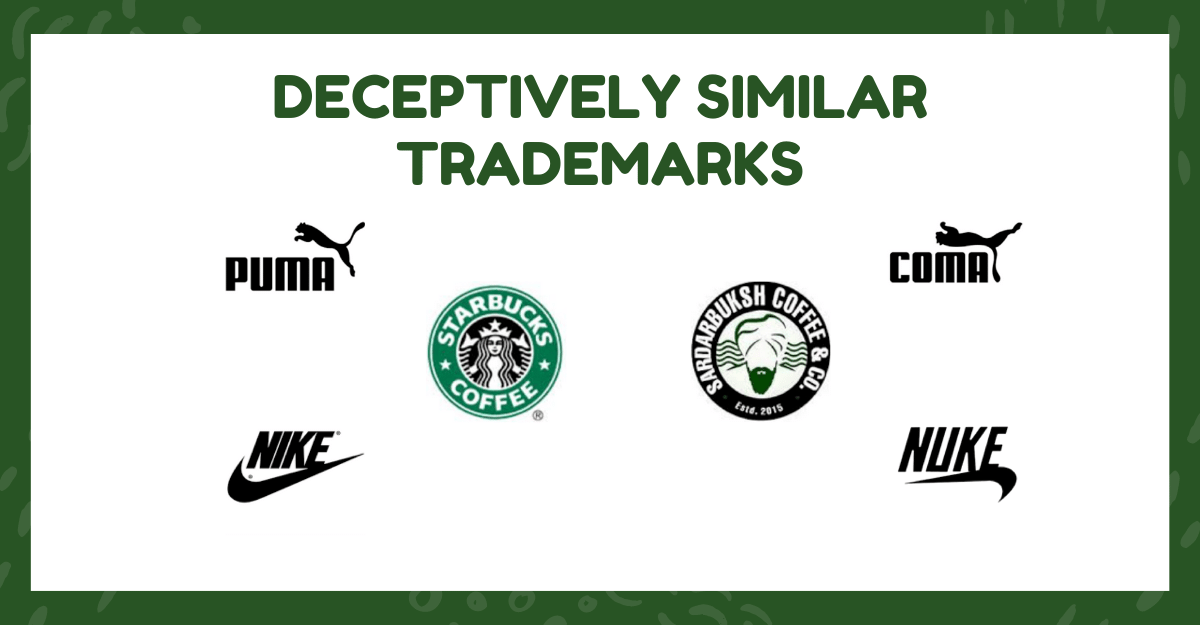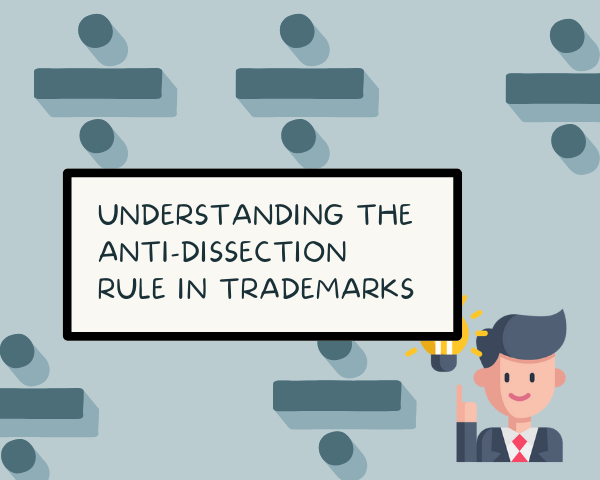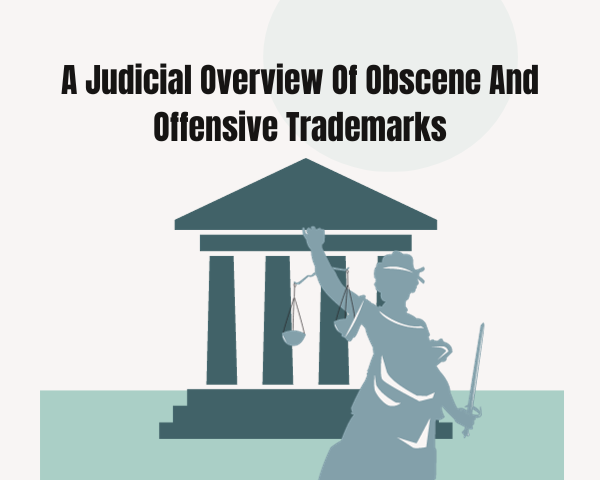Deceptive Similarity Trademarks
Intellectual property rights are the creative work of human beings that allows them to exercise their rights as owners of physical property as a result of creative work.
Trademark is one of the areas of intellectual property whose purpose is to protect the trademark of the product or service. Trademark provides the owners of creative works with the legal right to prevent others from using a confusingly similar mark. The similarity of the trademark with the existing trademark is one of the key obstacles to the registration of the trademark.
According to section 11(1) of the Trademark Act, 1999, a trademark cannot be registered if it is deceptively similar, or identical, with the existing trademark and goods and services, that is likely to create confusion in the mind of the public at large.
The trademark must comply with the criteria of distinctive character, non-similarity, not prohibited by law, etc. Particularly the trademark needs to be registered as a trademark in India. Deceptive similarity to the trademark is one of the critical or common grounds on which the trademark application is objected. A deceptively similar mark has been discussed under Section 2 (h) of the Trademark Act 1999, “A mark is deemed to be deceptively similar to another mark if it so merely resembles that other mark as to be likely to or cause confusion”. Some examples of deceptive similar marks are PUMA, COMA; NIKE, NUKE; STARBUCKS COFFEE, SARDARBUKSH COFFEE & CO., etc.
How to compare two trademarks?
The rules of similarity between marks have been developed over the years on the basis of the famous Parker J case. The similarity between the marks is as follows:
1. When comparing this point, the individual with average intelligence is considered.
2. The idea behind the two marks must be taken into consideration when comparing the overall meaning of the marks, their visual or phonetic resemblance, and, most significantly, they can create confusion among the general public.
3. When comparing the product, the trademark must be taken as a whole and not as part of the trademark.
4. There is no need for a thorough comparison or letter-by-letter.
Criteria for a court of law or tribunal for determining deceptive similarity:
1. The nature of the marks, whether the marks are words, labels or composite marks;
2. The degree of resemblance between the marks, phonetic or visual or similarity in idea;
3. The nature of goods or services in respect of which they are used as trademarks;
4. The similarity in the nature, character, and performance of the goods/services of the rival traders/service providers;
5. The class of purchasers/customers who are likely to buy the goods or avail the services, on their education and intelligence and a degree of care they are likely to exercise in purchasing and/or using the goods;
6. The mode of purchasing in the trading channels that the goods/services traverse in the course of business or placing an order for the good.
As there are no fixed requirements for the definition of deceptive similarity in the Trademark Act, the Indian Courts have therefore dealt with a number of cases that have identified the most relevant standards and guidelines for deceptive similarities.
1. Delhi Lakme Ltd v. Subhash Trading
Plaintiff sold cosmetic products under the Lakme trademark and the defendant used the LikeMe trademark for the same class of products. It was held that there was a resemblance between the two words. As it was also stated, the words are also phonetically similar. In the mind of the buyer, there is every possibility of deception and confusion to be caused.
2. M/s Mahashian Di Hatti Ltd. v. Mr. Raj Niwas
The plaintiff company was involved in the production and sale of species and condiments sold under the MDH logo on a red background of three hexagons. The defendant used the “MHS” logo in a red background hexagonal device. Both marks have been found to be similar and likely to cause confusion and deception. The plaintiff also requested an order restricting the defendant to the use of the logo – MHS or any other trademark that is identical or similar (deceptively) to the trademark logo – MDH.
3. Mahendra and M . ahendra Paper Mills Ltd. V. Mahindra and Mahindra Ltd
In 2001, the Supreme Court ruled that, on the basis of phonetic similarity, the name “Mahendra & Mahendra” infringed the early trade name “Mahindra” which had been in use for five decades and thus acquired a distinctive and secondary meaning.
4. M/s Surya Roshini Ltd. v. M/s Electronic Sound Components Co
In the above case, the Delhi High Court held that there was a deceptive similarity between the trademark “Surya” and “Bhaskar” as both marks are literal translations of the word “Sun”.
5. M/s Bhatia Plastics v. M/s Peacock Industries Ltd.
The two trademarks “Peacock” and “Mayur” were held to be deceptively similar as both represented a bird. It is to be noted that in such cases, the marks were literal translations.
The doctrine of deceptive similarity is commonly used by the courts in trademark infringement cases. As a trademark of a reputed business and goodwill, it is highly important to protect it from misuse and violation. In the cases referred to above, it is clear that the courts go beyond the basic meaning of the law in order to deliver justice and preserve the rights of traders and protect the interests of consumers.




